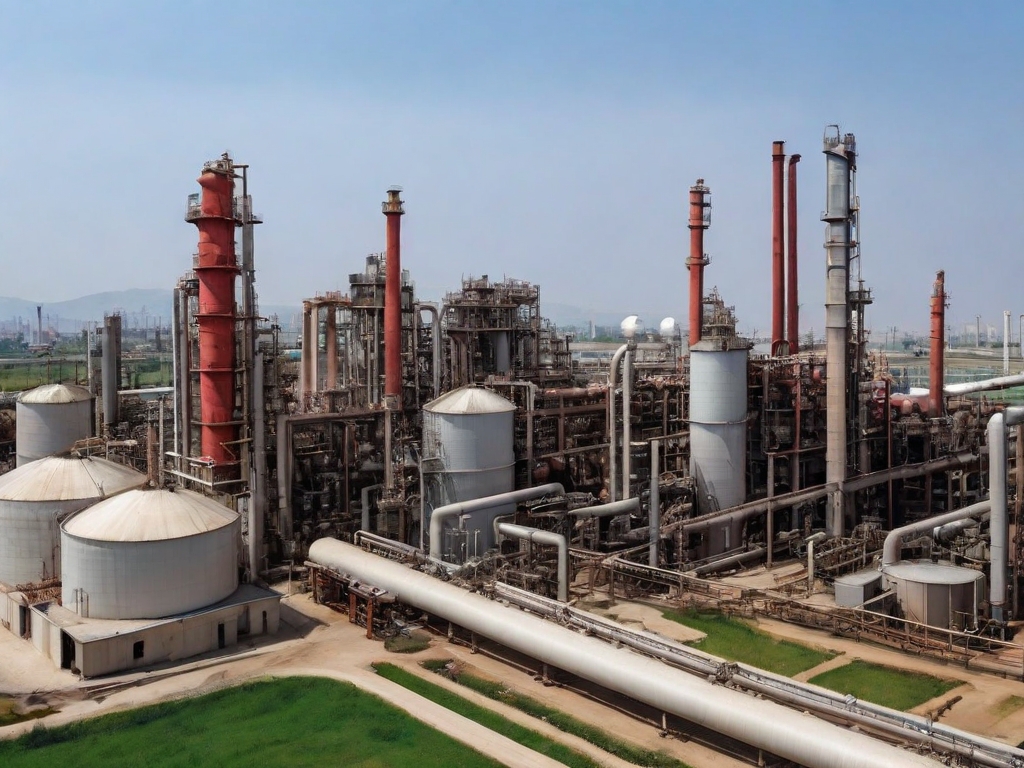Welcome to the Intrinsically Safe Store, your one-stop-shop for all things related to safety in hazardous environments. We are dedicated to providing you with the most reliable and efficient safety equipment. Today, we delve into the interdependence of intrinsically safe lighting and emergency alert systems. We invite you to explore our website and discover our wide range of products that ensure safety in hazardous environments.
Understanding Intrinsically Safe Lighting
Intrinsically safe lighting is designed to operate in potentially explosive atmospheres without causing ignition. These lighting systems are engineered to limit electrical and thermal energy to a level below what is required to ignite a specific hazardous atmospheric mixture.
Importance of Intrinsically Safe Lighting
- Prevents accidents: Intrinsically safe lighting reduces the risk of ignition in hazardous environments, thus preventing accidents.
- Enhances visibility: It provides adequate illumination, ensuring workers can see clearly, further reducing the risk of accidents.
- Compliance with safety standards: Using intrinsically safe lighting helps businesses comply with safety regulations and standards.
Emergency Alert Systems: A Critical Safety Component
Emergency alert systems are designed to warn individuals about potential safety threats, allowing them to take necessary precautions or evacuate if necessary. These systems are crucial in hazardous environments where the risk of accidents is high.
Benefits of Emergency Alert Systems
- Immediate notification: These systems provide real-time alerts, enabling quick response to emergencies.
- Enhanced safety: By alerting individuals to potential hazards, emergency alert systems help prevent accidents and injuries.
- Regulatory compliance: Like intrinsically safe lighting, using emergency alert systems helps businesses adhere to safety regulations.
The Interdependence of Intrinsically Safe Lighting and Emergency Alert Systems
Intrinsically safe lighting and emergency alert systems are both critical components of a comprehensive safety strategy in hazardous environments. Their interdependence lies in their shared goal of preventing accidents and ensuring safety.
- Intrinsically safe lighting provides the visibility necessary for workers to respond effectively to alerts from the emergency system.
- Emergency alert systems can trigger specific lighting patterns in intrinsically safe lighting systems to signal different types of emergencies.
- Both systems help businesses comply with safety regulations, reducing the risk of penalties and enhancing their reputation for safety.

Case Study: The Interplay of Lighting and Alert Systems in a Chemical Plant
A chemical plant in Texas implemented both intrinsically safe lighting and an emergency alert system. The lighting system provided adequate illumination, reducing the risk of accidents due to poor visibility. The emergency alert system was integrated with the lighting system, triggering different lighting patterns for different types of emergencies. This combination of systems significantly reduced the number of accidents in the plant and helped the business comply with safety regulations.
Synergy Between Intrinsically Safe Lighting and Emergency Alert Systems
The interdependence of intrinsically safe lighting and emergency alert systems is clear. Both are critical components of a comprehensive safety strategy in hazardous environments, working together to prevent accidents and ensure safety. By implementing both systems, businesses can enhance safety, comply with regulations, and reduce the risk of accidents.
At the Intrinsically Safe Store, we offer a wide range of intrinsically safe lighting and emergency alert systems. We invite you to explore our website and discover how our products can enhance safety in your business. For more information, please don’t hesitate to contact us.


























